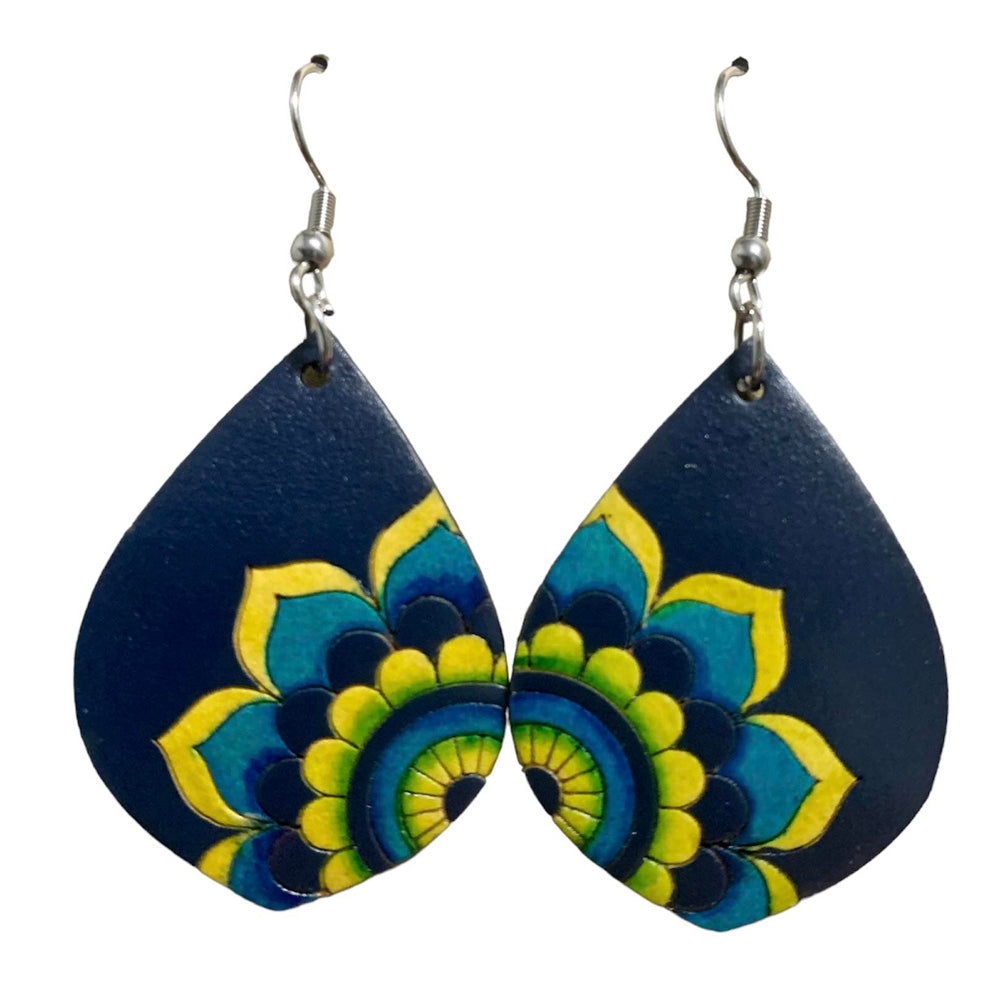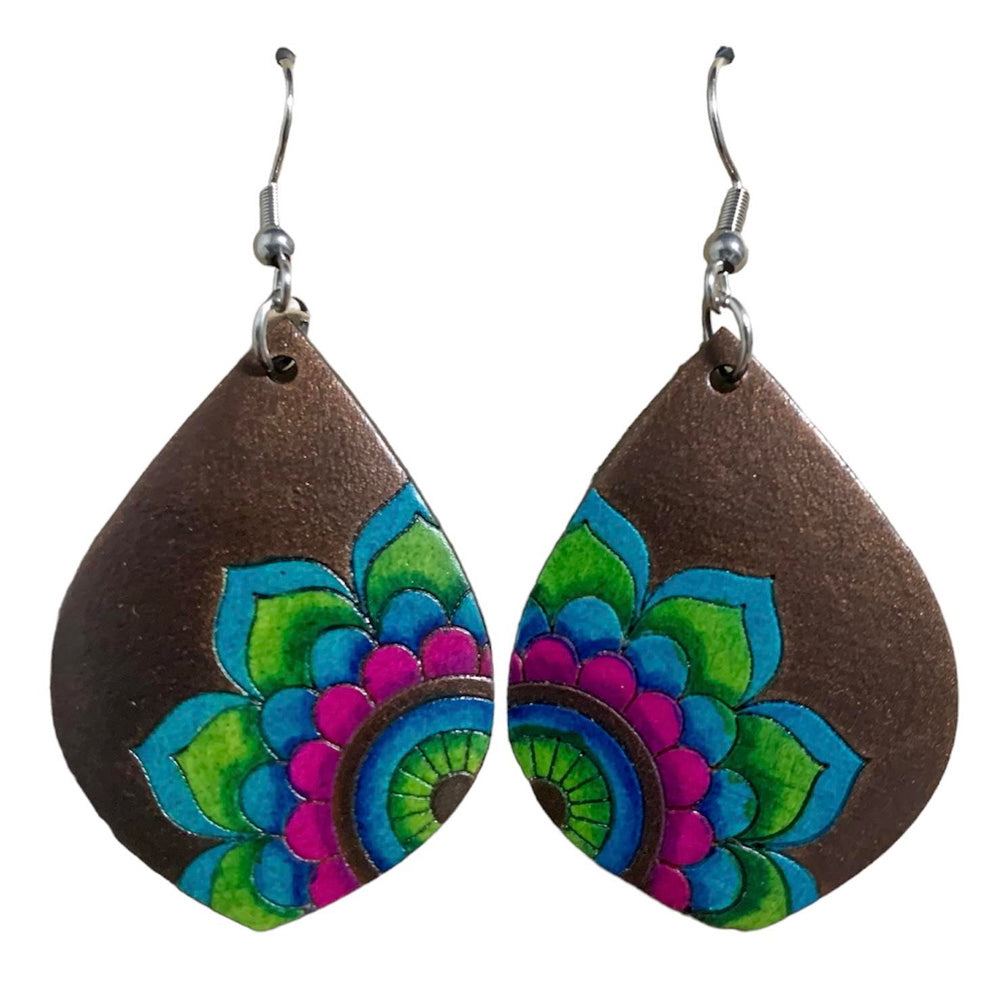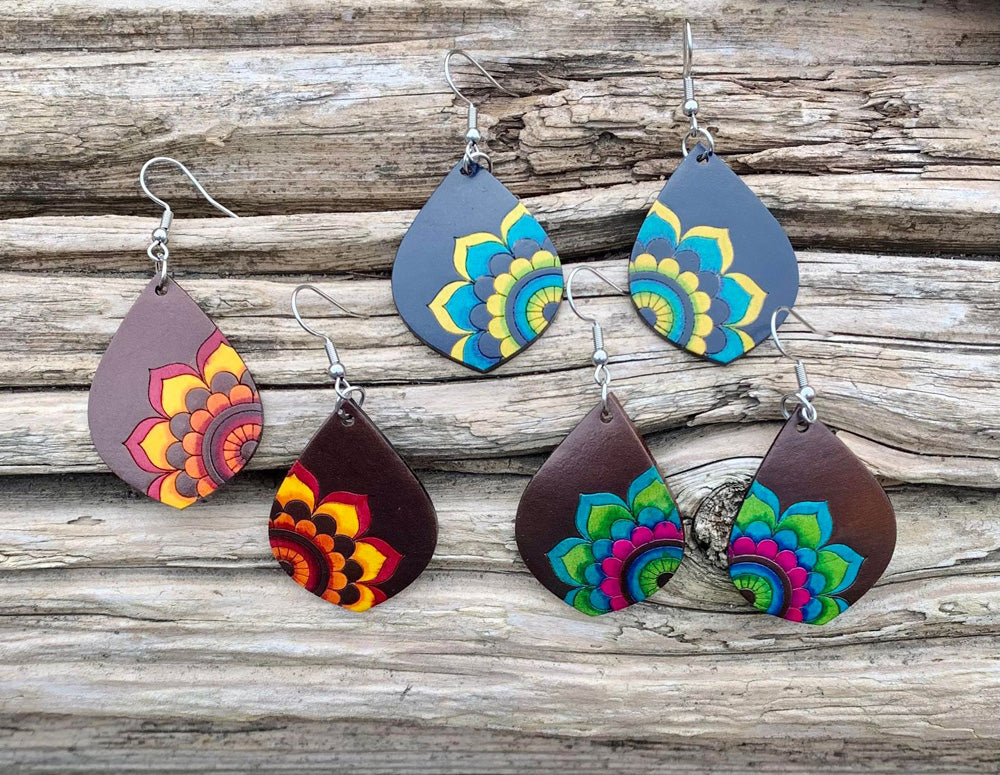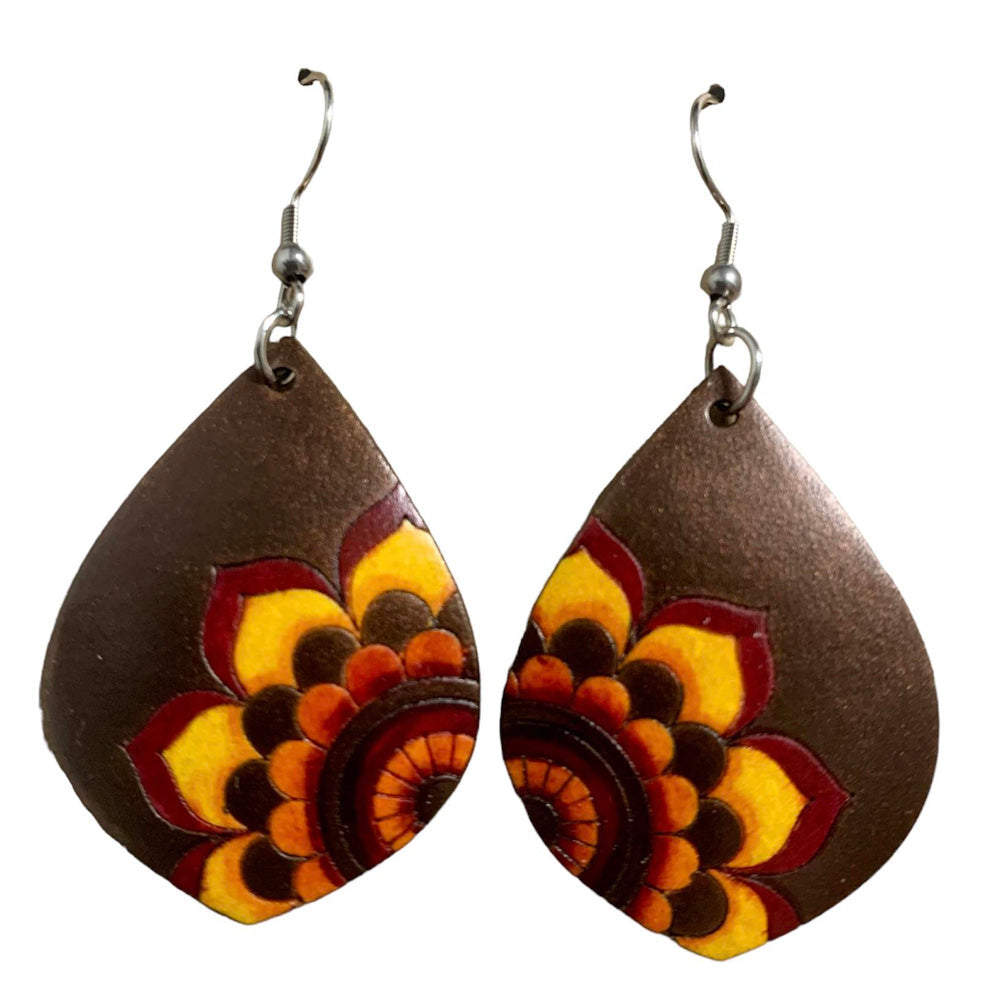OWP
Pendientes colgantes de flor de calabaza
Pendientes colgantes de flor de calabaza
No se pudo cargar la disponibilidad de retiro
Pendientes colgantes y colgantes de calabaza. Cada par de aretes está grabado con láser a partir de calabazas secas/horneadas y luego pintado a mano. Cada pendiente está montado con un gancho de pastor de acero inoxidable y es extremadamente liviano. ¡Estos pendientes únicos serían un regalo hermoso y único para cualquier ocasión!
Disponible en tres colores: Tonos Azules, Tonos Tierra o Tonos Verdes
Medidas: 2" x 1" cada pendiente
Hecho a mano en Colombia e importado de Comercio Justo.
Piel Acida emplea a más de 12 artesanos que trabajan en su fábrica y aproximadamente 30 artesanos más que trabajan desde su casa, lo que permite a las mujeres ayudar a mantener a sus familias mientras cuidan a sus hijos. Si bien Piel Acida emplea tanto a hombres como a mujeres, la mayoría de los trabajadores son mujeres, lo que brinda las oportunidades necesarias de generación de ingresos para las mujeres en
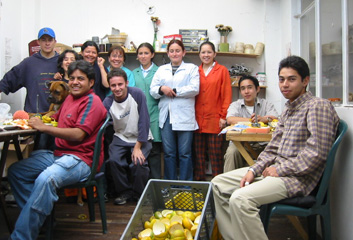
Además de los artesanos que Piel Acida emplea directamente, también apoya indirectamente a muchos otros que forman parte de su cadena de suministro de materias primas que incluyen cáscaras de naranja, nueces de tagua, hojas de mazorca y madera. Estos materiales naturales son transformados en bellos e innovadores productos por los artesanos de Piel Acida, que buscan desarrollar el sector artesanal en
Share
About the Artisans
About the Artisans
 Joyeria Semilla meaning Seed Jewelry is a small fair-trade workshop in the Andean town of Villa de Leyva, Colombia. Girasol Taborda, a local artisan and social entrepreneur, started the workshop in the mid-1990s.
Joyeria Semilla meaning Seed Jewelry is a small fair-trade workshop in the Andean town of Villa de Leyva, Colombia. Girasol Taborda, a local artisan and social entrepreneur, started the workshop in the mid-1990s.
Joyeria Semilla’s objective is three-folds; to create new jobs, revive Colombia's handicrafts sector and to motivate locals to better manage their natural resources. The organization works primarily with socially and economically disadvantaged youths, single mothers and people with disabilities in the area. The company offers free training in product design, technical training and marketing to new members. Joyeria Semilla has trained them in the craft of jewelry-making.

Caña Flecha or “Gynerium Sagittatum” is a locally found palm tree in the regions of the Caribbean coast. The leaves from this plant are used for making jewelry, woven hats, bags and baskets. The Zenú Indians were and their descendants inherited the tradition of picking veins of the green palm leaf for weaving. These veins were made into woven hats and other products for their personal use.
The Zenú culture is said to have existed between 200BC to1600AD. With the arrival of the colonizers in the 16th century, the indigenous community declined of unknown reasons. Today a very small population remains that claims the inheritance of the almost extinct Zenú tribe. Known for their skills in the construction of major waterworks, canals and irrigation system along with being skilled goldsmiths, examples of their accomplished craftsmanship are found in various museums around the world. Their larger means of subsistence were hunting, farming, fishing and trading.
Caña Flecha is found in abundance in the region, and hence makes for a sustainable and naturally available raw material for these products. Every bit of the plant is utilized – from using in building walls and roofs in houses to food for cattle and medicinal purposes. It is from the central vein of the leaf that the fibers for weaving are obtained. After the hard surface is peeled off, the fibers are left in the sun to dry and undergo a natural tinting process; these fibers are barely about 1 millimeter in thickness and hence call for a lot of skill and patience to weave with. The dried fibers are then processed for natural coloration - some are boiled with lemon to whiten them and some are treated with mud and boiled with plantain leaves to blacken them. The designs are based on ancient motifs and mathematical representations, which are inspired by the early Zenú culture.
